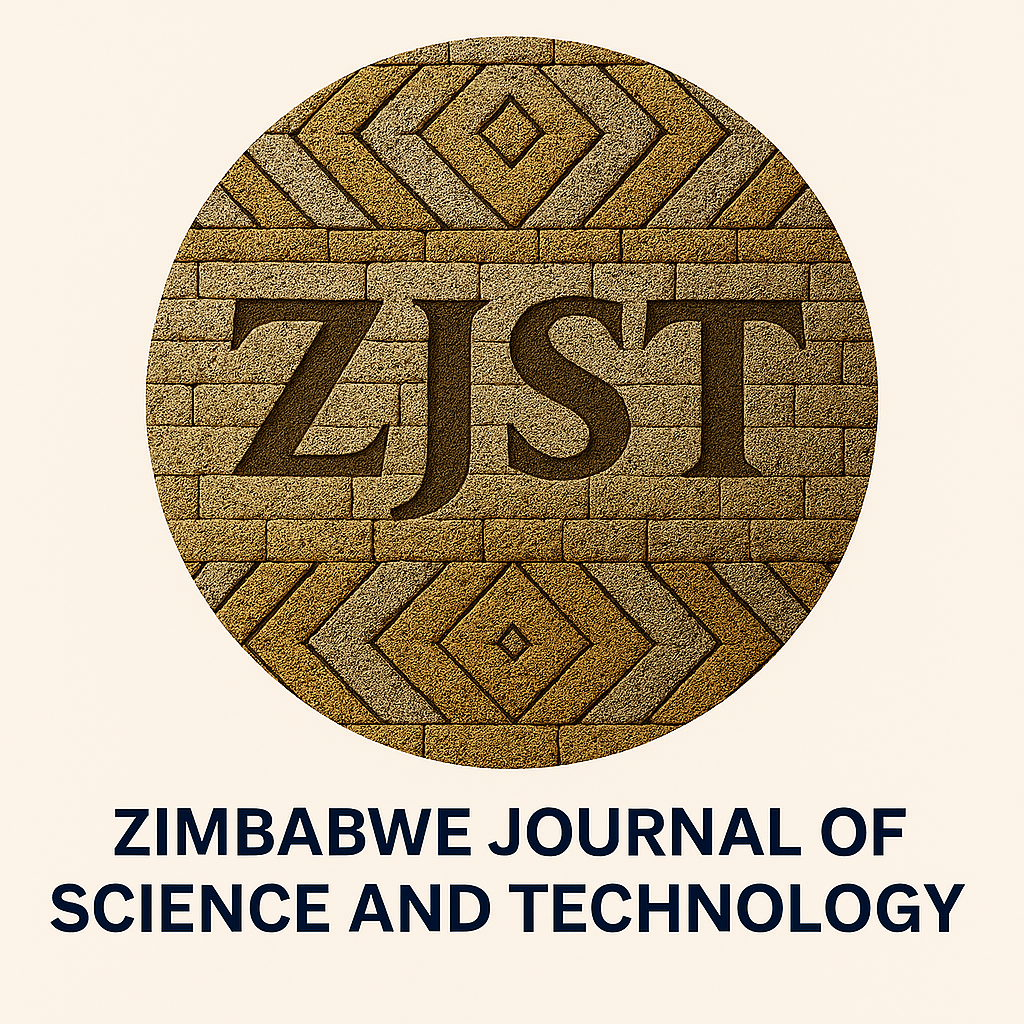Comparative geographical distribution and abundance of Xenopus species AND Hymenochirus species in a secondary swamp forest, Okpara Inland, Delta State, Niger Delta Region, Nigeria
Keywords:
Hymenochirus sp, Xenopus sp, anuran, human-modified, landscapeAbstract
The distribution and abundance of Xenopus sp and Hymenochirus sp were investigated in a secondary swamp forest at Okpara Inland, Nigeria. Due to the fact that they are two of the most dominant species inhabiting the water potholes and remanant puddles, this would give an adequate representation of the distribution of species inhabiting these habitats. The total study area was about 1,600m2 having a matrix of cassava, oil palm and yam farms. Sampling was carried out during the dry season and at the advent of the wet season in which three methods were used namely; sweep netting, pitfall traps and visual encounter. Most anuran (332 individuals) were collected using the sweep netting method of which 284 individuals were Hymenochirus sp. There were more Xenopus sp (63 individuals) were collected in the pitfall traps than the Hymenochirus sp (31individuals). The visual encounter method had the least (25 individuals). However, there was no significant difference (F1.3,9.6, df=2, P=0.37781) between the different collection methods. Overall, the results indicated that most of the anuran species were collected in the aquatic habitat than the terrestrial habitat. Both the SVL (snouth-vent-length) and the weight of the two anuran species were significantly different at (F1.2,4.7, df=1, P˂0.05) and (F0.6,4.4, df=1, P˂0.05) respectively. The study suggests that Hymenochirus sp was the more abundant species, but Xenopus sp seems to be more distributed in this human-modified landscape.
Downloads
Downloads
Published
Versions
- 2024-09-30 (3)
- 2024-09-30 (2)



